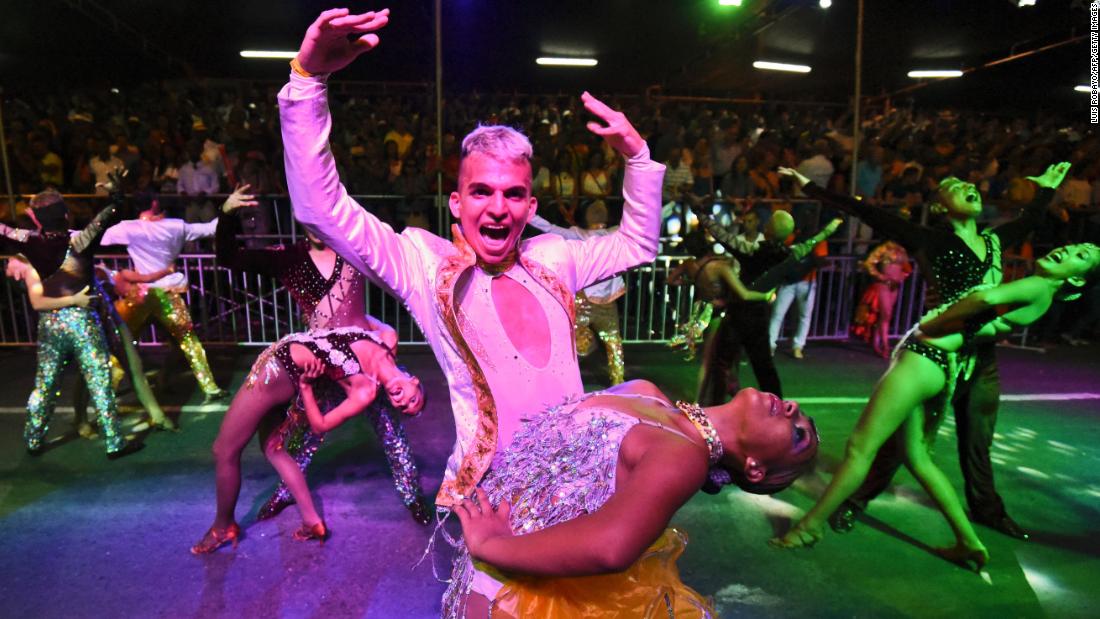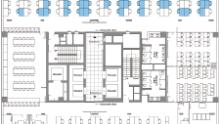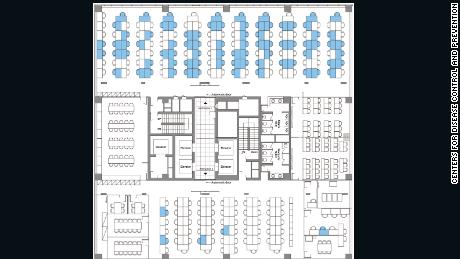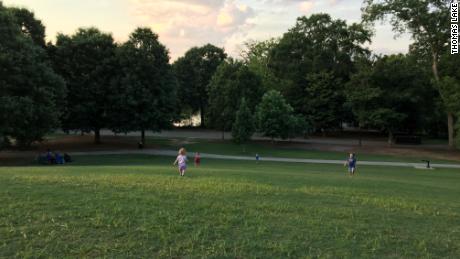Opinion: How a fitness class made 112 people sick
In late February, a Covid-19 case was diagnosed in Cheonan, a city of about 700,000 people 50 miles south of Seoul. Local investigators traced potential contacts and discovered the person who was diagnosed with Covid-19 had attended a four-hour fitness dance instructor workshop held 10 days earlier, on February 15.
Public health officials then identified the instructors’ close contacts, including students who attended their classes. Within a few weeks, they found 217 students in 12 different facilities who had participated in at least one 50-minute session with one of the eight infected instructors. Of these students, 54 (or nearly 25%) were diagnosed with Covid-19.
But the investigators did not stop there — the goal was thorough contact tracing in order to control the pandemic. They tested 418 close contacts of the 34 tertiary cases and found another 10 cases of Covid-19.
In total, they found 112 cases related to the single first case — all occurring within a month of the initial mid-February dance fitness training class.This demonstrates the frightening exponential growth of cases, while also raising several unsettling questions about active physical exercise, and whether it may promote the spread of the virus.
The authors raise the possibility that it is this huffing and puffing that might be the problem. They note that one infected instructor taught Pilates and yoga for classes of seven to eight students in the same facility as a different infected instructor with Covid-19 taught the more intense fitness dance classes. They found that none of the Pilates or yoga students developed Covid-19. In contrast, several of the hard-working, overexerting dance crowd developed the infection.
The authors postulated the differences in workout intensity — breathing slowly and thoughtfully during yoga versus the gasping for air that accompanies a rigorous aerobic workout — may have caused the pronounced differences in the infection rate.
If the infected instructor demonstrated vigorous dance movements, that means the likelihood of exhaling infectious aerosols may have increased, while the likelihood of the students inhaling possibly contagious droplets may have gone up as well.
A deliberate, activity-specific strategy may be more realistic. For people looking forward to returning to their exercise classes, this study may be a helpful reminder to start first with low-intensity classes first, while monitoring the number of new coronavirus cases in the area. If there isn’t an uptick for several weeks, then progressing to heavier cardiopulmonary exertion may be the ticket out of lockdown.
![]()






